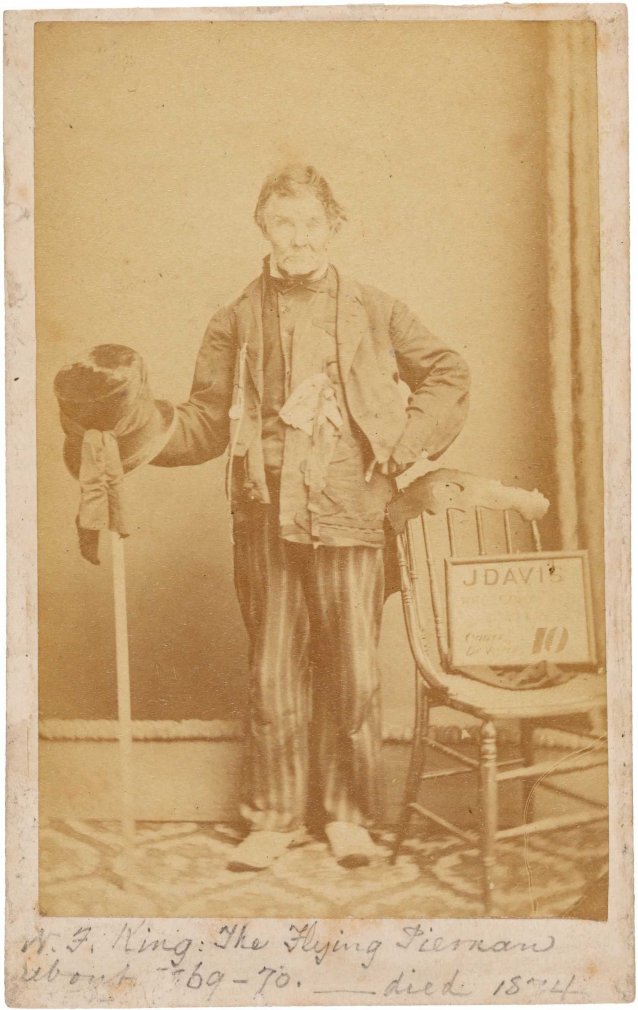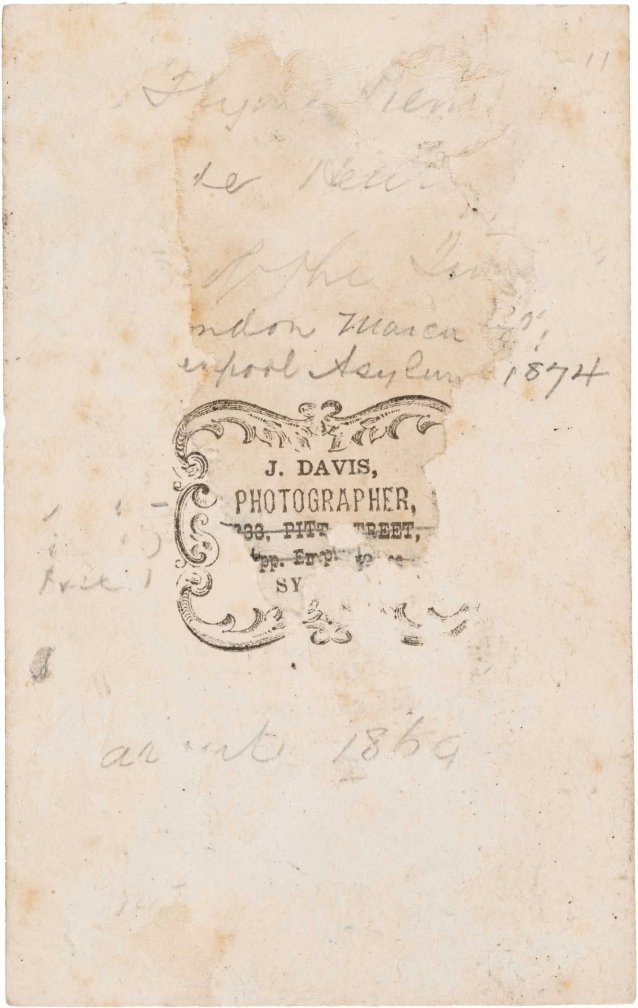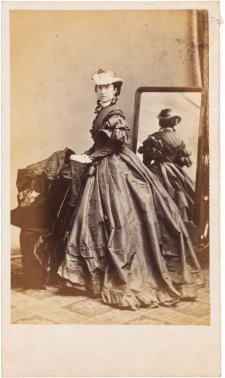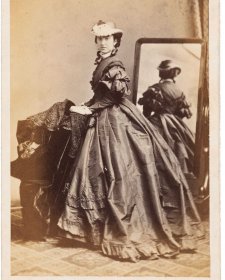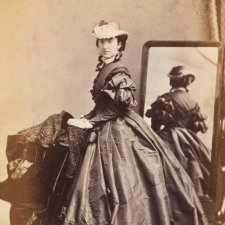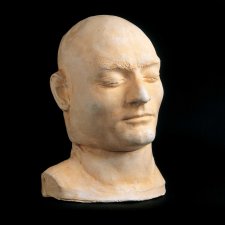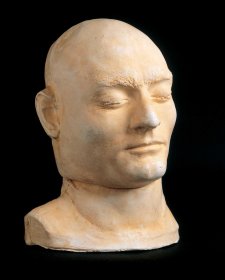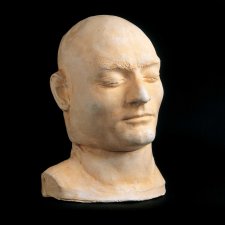William Francis King (1807–1873), better known as ‘The Flying Pieman’, accomplished a series of bizarre athletic feats during the 1840s. King came to New South Wales from his native London in 1829 and worked as a schoolmaster and a private tutor before getting a job as a barman. Around 1834, he went into business as a pieman, selling his wares around Hyde Park and Circular Quay. Here, became known for his practice of offering pies to passengers boarding the Parramatta steamer and then running the 30 kilometre distance to the boat’s terminus and offering any unsold stock to the same passengers as they disembarked. Between 1842 and 1851, he completed numerous feats and challenges around Sydney, the Hunter Valley, and later, Brisbane. These included walking 2630 kilometres, mainly in the rain, in 39 days; racing the Windsor to Sydney mail coach on foot and twice beating it; carrying a 32 kilogram dog from Campbelltown to Sydney in under seven hours, and hauling an even weightier goat from Sydney to Parramatta in similar time. He walked from Brisbane to Ipswich carrying a 45 kilogram wooden pole and beating the mail coach by an hour; and in Maitland in 1847 had himself horsewhipped to spur him on in the midst of a ten-day, 402 kilometre walking challenge. He returned to Sydney in the 1850s and became a noticeable street character, wandering the streets, selling pies, and issuing proclamations to passers-by. His distinctive attire is said to have included crimson knee-breeches, white stockings, a staff, and a top hat to which either streamers or paper tickets were attached. He died, destitute, at the Liverpool Asylum in 1873, aged sixty-six.
John Davis (life dates unknown) is listed as occupying premises at 233 Pitt Street in 1869 and then 477 George Street during 1870 and 1871. It would appear also that he was the owner of a ‘tobacco business’ – ‘well-situated’ at 487 George Street – which was advertised for sale in August 1871. By December of that year he was in Newcastle, advertising that at his rooms on Hunter Street he was taking the ‘Carte-de-visite in any style and in any weather.’ There are no references in the newspapers to his carte de visite of the Flying Pieman (or, rather, none that have been found as yet), but the portrait is intriguing as an example of canny advertising. King, well-known around Sydney as an eccentric (his figure featured in a panorama exhibited at the School of Arts in March 1871, for instance), is shown in his distinctive attire, posed beside a sign displaying Davis’s name and his fees. The carte de visite was originally in the possession of Robert Thomas Carter, a Sydney cabinetmaker and art dealer who was known to have had an interest in Sydney history and who counted bibliophile Sir William Dixson among his clients. The photograph was donated to the National Portrait Gallery by Carter’s great-great grandson in 2010.
Gift of the family of FW Macpherson 2010
The National Portrait Gallery respects the artistic and intellectual property rights of others. Works of art from the collection are reproduced as per the
Australian Copyright Act 1968 (Cth). The use of images of works from the collection may be restricted under the Act. Requests for a reproduction of a work of art can be made through a
Reproduction request. For further information please contact
NPG Copyright.
